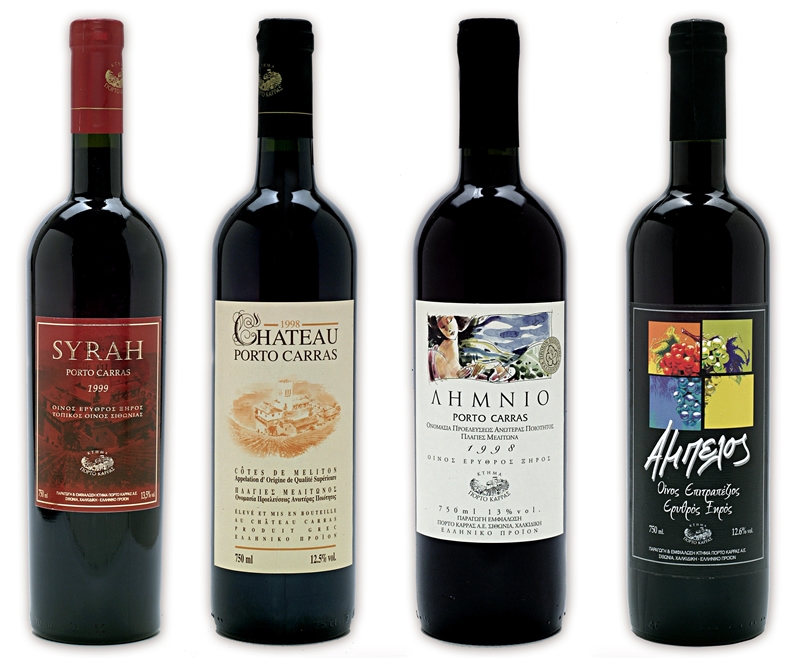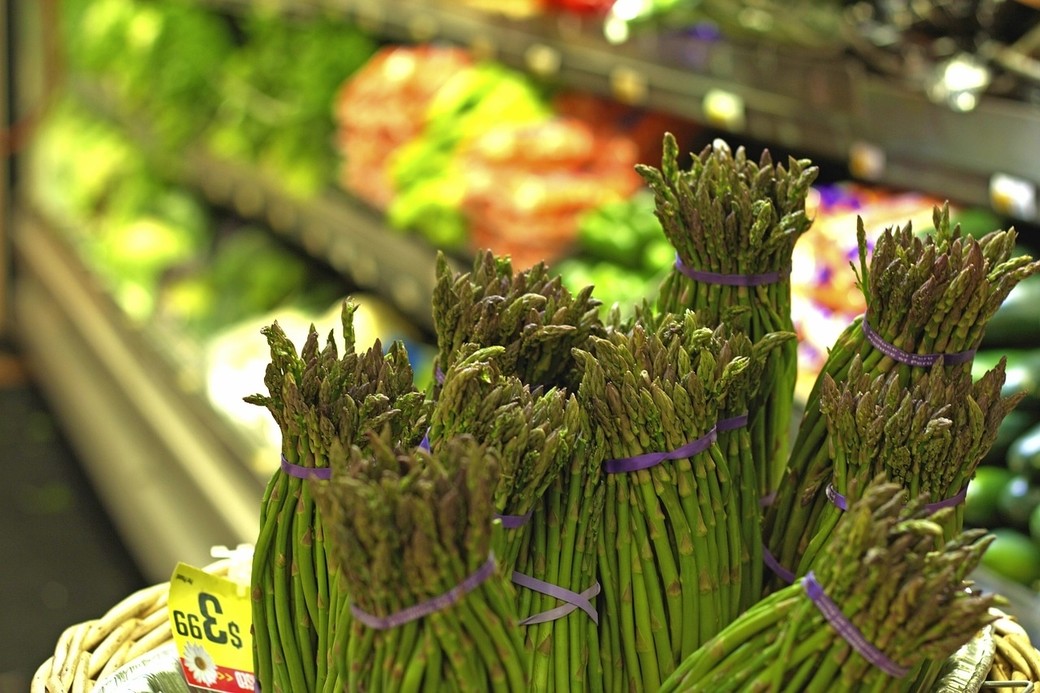
It’s All Just Greek to Me
Unless you’re a fan of Greek wine, then words such as Robola, Roditis, Savatiano, Kotsifali, Liatiko, Mandilara or Xinomavro probably don’t mean much. Many are unfamiliar with the Greek wine selection and there is a reason for that. Greeks make wine from unusual (to us) and unfamiliar grape varieties and many are often intimidated to put a bottle of Malagousia on the table. The above list includes indigenous grape varieties of Greece (the first three were white grapes and the last four red) but without some kind of major push none of these are likely to be on household names here in North America any time soon. At a recent Greek wine tasting at the Metropolitan Hotel in Toronto, New Wines of Greece (the trade organization that promotes Greek wines) gave a seminar and tasting to assembled media and trades people on the versatility and approachability of Greek wines, despite the tongue twisting 16 letter names.
The good news for wine lovers starts here: Greece has gone through some really hard economic times of late and word on the street is that there is no better time than now to go and experience the beauty of Greece, and wine should be part of any excursion to this beautiful country.
Taking a chance on a new kind of wine can lead to some wonderful finds. Take my own road into the Greek wine world for instance, which took place around the time my affair with Chilean Merlot was coming to an end. It was a simple, inexpensive (under $10) Greek wine called Wine of the Aegean Islands, it was an easy drinking, chillable red that could be drunk out of a juice glass and still taste delicious.

Greece is a country with a rich history of winemaking and one married to its indigenous grape varieties and winemaking heritage. In the odd times they join the rest of the world and embrace Syrah, Cabernet Sauvignon, Merlot, Chardonnay and other international varieties, but somehow they always return to their native grapes with great success.
At the tasting in Toronto I tasted over 50 Greek wines (most of which will never see our shores – sad but true), from dry whites and reds to sweet dessert wines and found that a vast majority had something unique to offer and of course, this all boils down to those special, unique, and most of all, indigenous grapes.
Here’s something I think you should try the next time you are feeling a bit on the vinous-adventurous side of life, head to the Greek section and pick-up a bottle of something that grabs your attention – don’t be afraid of the amateurish / photo-shop / do-it-yourself labels or the daunting grape names- after all, it is what is in the bottle that really counts. Who knows you might just find your own juice-glass favourite. So keep your eyes peeled and your taste-buds open, you might just be pleasantly surprised.
This Week’s Selections …
It is tough to recommend Greek wine because but in most cases it is unfamiliar and can be quite pricey, but you are adventurous and don;t mind spending a little more, try an Alpha Estate Red that is available as an on-line exclusive ($35.00 – #92361); while the 2007 Estate Red is scheduled for a November vintages release (but the board has a way of pulling things off without warning, so just keep checking). From the same winery is a wine called “Hedgehog”, a single vineyard Xinomavro that is also scheduled for the fall and will be one for the more budget minded ($18.95). Finally, from Alpha, there’s a wine called “Axia” ($17.95 – #239897) a Xinomavro – Syrah blend that is quite nice. A great perennial value is a wine offered from Kir-Yianni called Ramnista ($17.95 – #178020) – currently at the board is the 2007, but this wine comes back year after year and for good reason, it offers excellent flavours and excellent value – and in most years you can age it for 5+ years.













